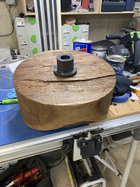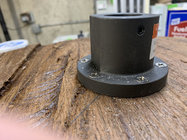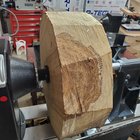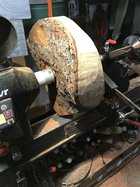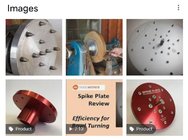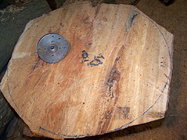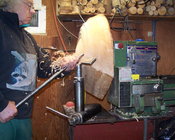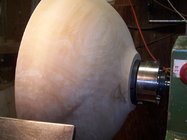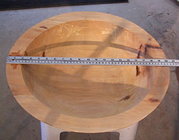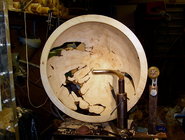What is the best method for securing a 12" - 14" blank. The blanks are already approximately round, so not grossly out of balance. They are around 6" - 7" thick and, I suppose, some imbalance will be created by the shape of the outer edge of the blank. The wood I have right now is walnut, not completely dry, but at least halfway there. i currently own a standard 4-prong spur which came with my Powermatic 3520c, a woodworm screw for a Nova chuck/jaw set, and the faceplate that came with the Powermatic. I will, of course, support the blank on the tailstock side to start with.
If I use the faceplate, I would need to flatten a spot on the blank to secure the faceplate to the blank. Other than using a forstner bit, I'm not totally sure of the best way to do that either and I don't have a 3" + fornster bit.
Do faceplate rings offer any greater securing capability than any of the other 3 methods mentioned above?
If I use the faceplate, I would need to flatten a spot on the blank to secure the faceplate to the blank. Other than using a forstner bit, I'm not totally sure of the best way to do that either and I don't have a 3" + fornster bit.
Do faceplate rings offer any greater securing capability than any of the other 3 methods mentioned above?

